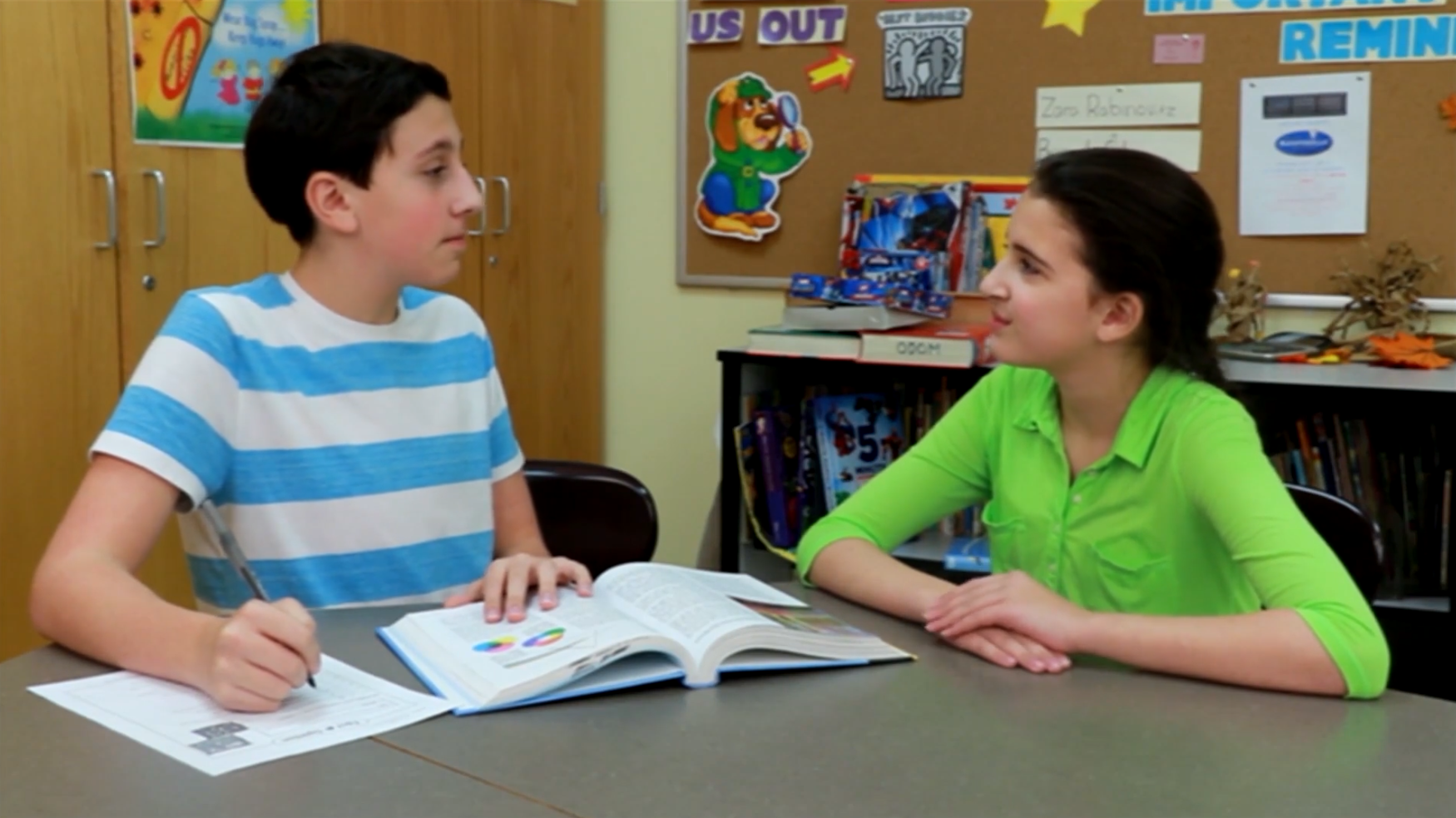
Introduction
One essential skill for students to learn is how to get someone’s attention in a respectful and polite way. This is a vital aspect of social-emotional learning, as it fosters positive interactions and relationships among peers and educators. In this blog post, we will discuss an easy-to-implement no-prep activity, thought-provoking discussion questions, and other related skills to help elementary students learn the importance of getting someone’s attention with respect.
No-Prep Activity: The Attention-Getter Game
This activity requires no preparation or materials from the educator, making it a convenient and effective way to teach students how to get someone’s attention properly. The Attention-Getter Game promotes social awareness, communication, and active listening skills.
- Have the students form a circle, standing or sitting.
- Explain the purpose of the game: to practice getting someone’s attention in a respectful way, by moving closer to them, saying their name, and waiting for them to make eye contact.
- Choose one student to start the game. This student will need to get the attention of another student in the circle, using the steps mentioned above.
- Once the first student has successfully gained the attention of the chosen student, that student will then repeat the process with another student in the circle.
- The game continues until all students have had a turn to practice getting someone’s attention respectfully.
Throughout the activity, encourage students to pay attention to how they feel when someone gets their attention respectfully, and how they feel when they successfully get someone else’s attention in a polite manner.
Discussion Questions
After completing the Attention-Getter Game, use these discussion questions to stimulate further conversation and deepen students’ understanding of the importance of getting someone’s attention respectfully:
- Why is it important to get someone’s attention in a respectful way? How does it affect our relationships with others?
- How did you feel when someone got your attention in a polite manner during the activity? How did it feel to get someone else’s attention respectfully?
- What are some other ways we can show respect when trying to get someone’s attention, besides saying their name and waiting for eye contact?
- How can we practice getting someone’s attention respectfully in different settings, such as at home, in the classroom, or during extracurricular activities?
- Can you think of a time when someone got your attention in a way that made you feel uncomfortable or disrespected? How did it make you feel, and how could the situation have been handled differently?
Related Skills
Teaching students to get attention respectfully is only one aspect of social-emotional learning. Here are some other related skills that can help students develop healthy and positive interactions with others:
- Active listening: Encourage students to pay attention to what others are saying, ask clarifying questions, and respond thoughtfully.
- Empathy: Help students understand and share the feelings of others, fostering a supportive and compassionate environment.
- Assertiveness: Teach students how to express their thoughts and feelings openly and honestly, while still respecting the opinions and feelings of others.
- Conflict resolution: Guide students in learning how to address disagreements and find solutions that benefit everyone involved.
Next Steps
Now that you’ve learned about the importance of teaching students to get attention respectfully and engaged in an interactive activity and discussion, it’s time to explore more social-emotional learning resources. To access free sample materials related to this skill and others, visit Everyday Speech’s sample materials page and sign up today!










